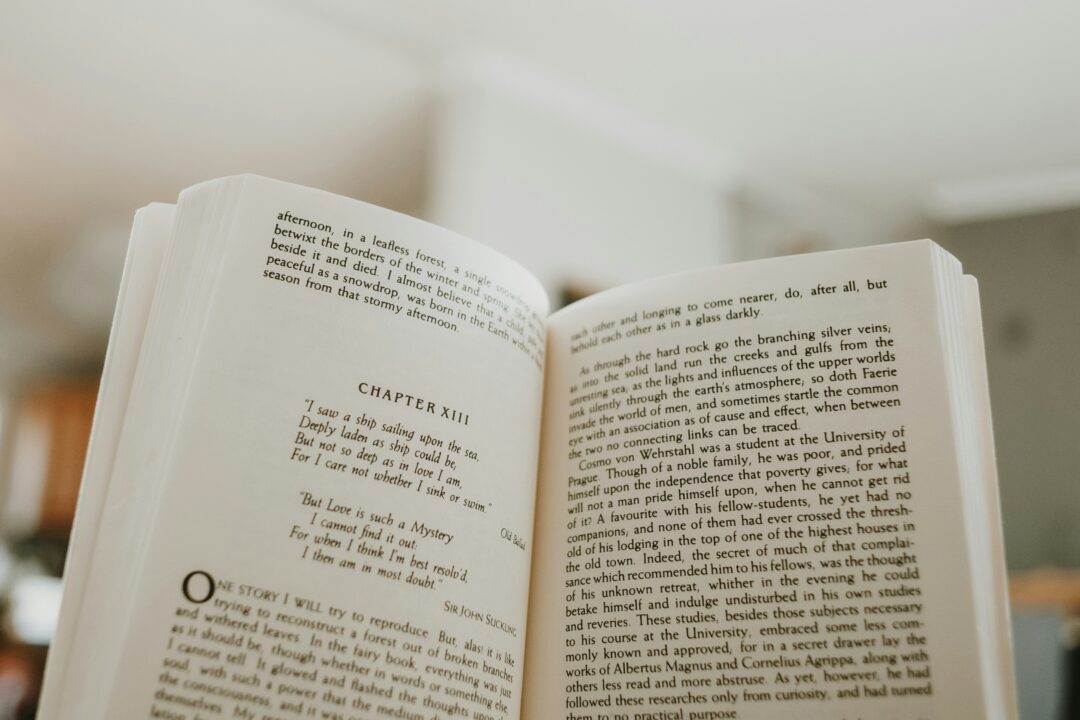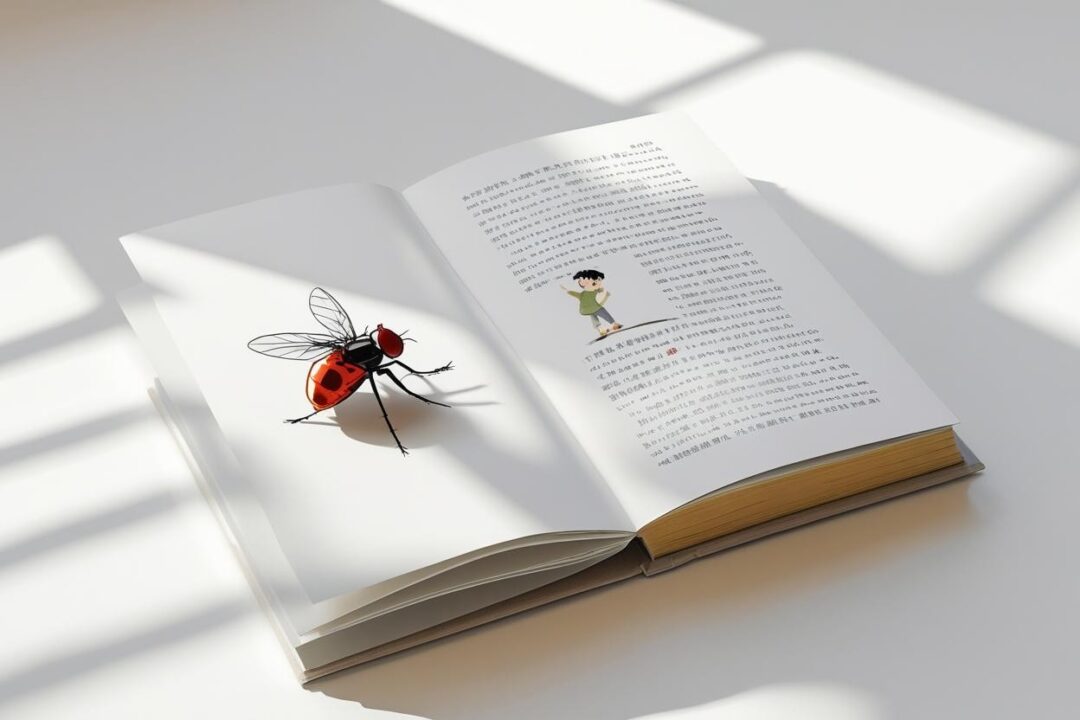Embark on a journey through the pages of the best historical fiction books, where the past comes alive with vivid storytelling and rich detail. Whether you’re searching for your next read or seeking a gift for a fellow bibliophile, these novels offer a portal to different eras, from the grandeur of ancient empires to the complexity of the 20th century.
As a lover of literature and a seasoned reviewer, I’ll guide you to both the timeless classics and those hidden gems that deserve a spot on your bookshelf.
Journey Through Time with Unforgettable Historical Fiction
Historical fiction books serve as a time machine, whisking us away to bygone eras to live through epochs we’ve only ever dreamed of.
1. “The Pillars of the Earth” by Ken Follett

In “The Pillars of the Earth,” Ken Follett transports readers to the medieval town of Kingsbridge, where the construction of a grand cathedral ignites a saga of ambition, power, and struggle.
This monumental tale weaves together the lives of diverse characters, from noble to nefarious, against the backdrop of historical events. Follett’s meticulous research and storytelling prowess make this novel a cornerstone of historical fiction.
2. “The Book Thief” by Markus Zusak

Markus Zusak’s “The Book Thief” offers a poignant narrative set in Nazi Germany, where a young girl’s love for books becomes a symbol of resistance. Narrated by Death, this novel explores the power of words and the human spirit amidst the harrowing landscape of war. It’s a testament to how historical fiction books can illuminate the darkest chapters of our past with a glimmer of hope.
3. “All the Light We Cannot See” by Anthony Doerr
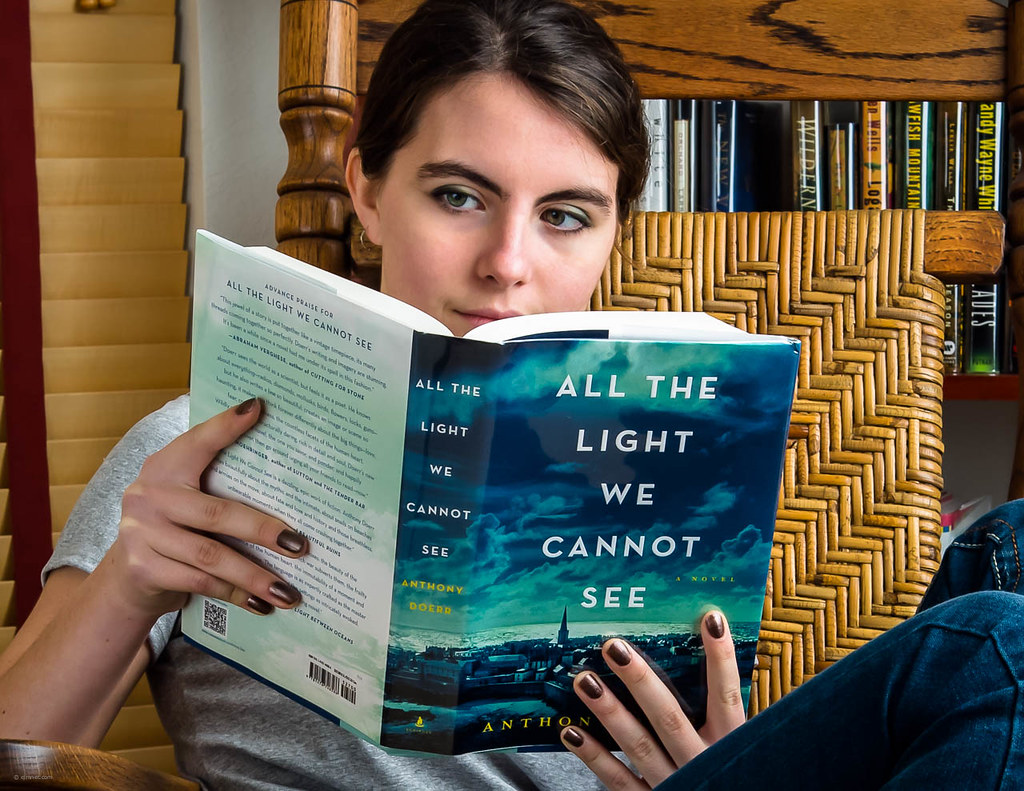
Anthony Doerr’s “All the Light We Cannot See” is a mesmerizing tapestry that intertwines the lives of a blind French girl and a young German boy during World War II. This luminous narrative shines a light on the human experiences that often get lost in the shadows of history, revealing the intricate connections between people on opposing sides of a devastating conflict.
4. “The Nightingale” by Kristin Hannah
“The Nightingale” by Kristin Hannah is a stirring tribute to the women of the French Resistance during World War II. The novel unfolds through the stories of two sisters, each facing harrowing choices that highlight the courage and resilience required to resist occupation. Hannah’s compelling prose brings the sacrifices and strength of these unsung heroes to life.
5. “Wolf Hall” by Hilary Mantel

Hilary Mantel’s “Wolf Hall” masterfully reimagines the rise of Thomas Cromwell in the Tudor court. This gripping narrative captures the Machiavellian politics and complex character of Cromwell as he navigates the treacherous waters of King Henry VIII’s reign. Mantel’s richly detailed prose earned “Wolf Hall” its place among the best historical fiction and accolades, including the prestigious Booker Prize.
6. “War and Peace” by Leo Tolstoy
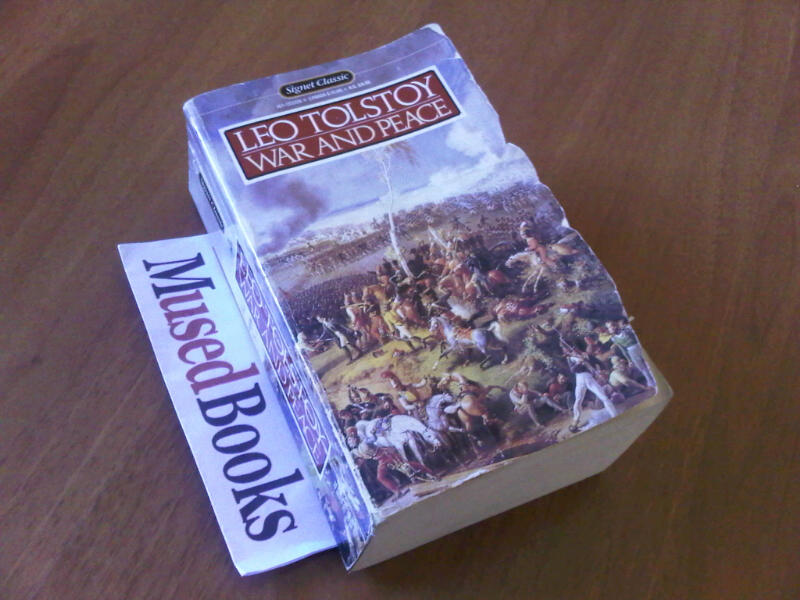
Leo Tolstoy’s epic “War and Peace” stands as a monumental achievement in literature, presenting a panoramic view of Russian society during the Napoleonic wars. Through a cast of unforgettable characters, Tolstoy explores themes of love, loss, and the human condition. This timeless classic is a profound reflection on the forces that shape history and humanity.
7. “I, Claudius” by Robert Graves
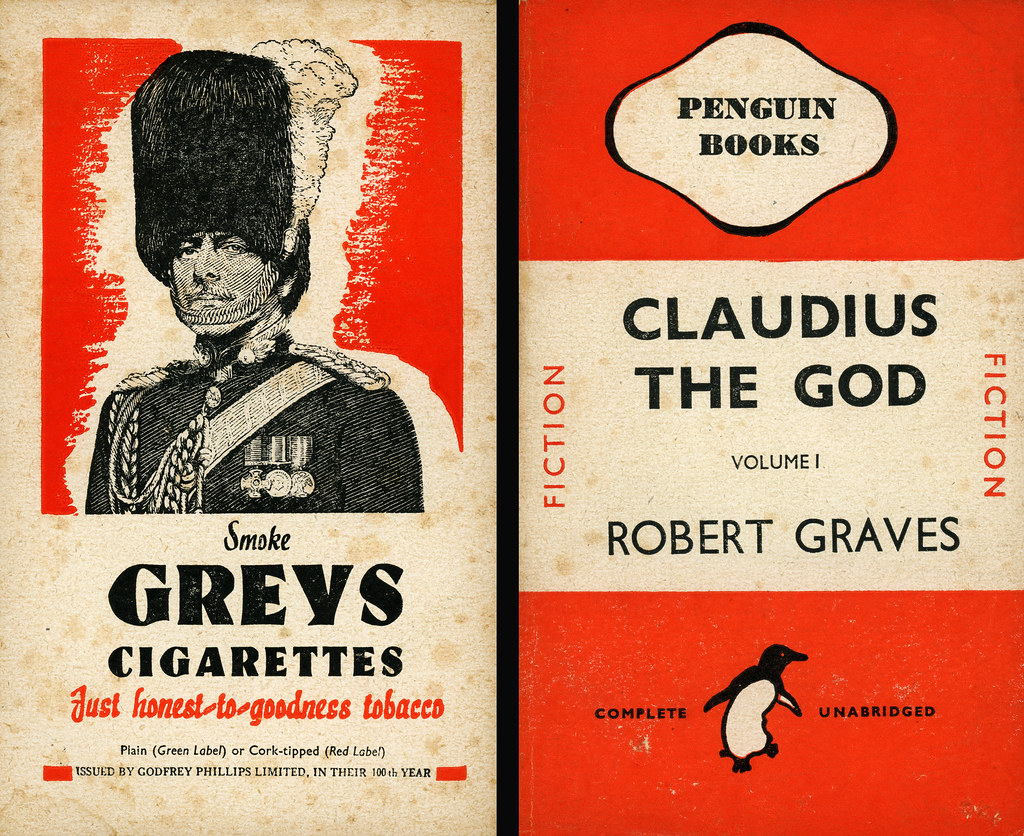
Robert Graves’s “I, Claudius” delves into the intrigue and drama of ancient Rome through the eyes of Emperor Claudius. As both observer and reluctant participant, Claudius offers a unique perspective on the political machinations and scandals of the Roman Empire. Graves’s narrative brings the ancient world to life with wit and erudition.
8. “Outlander” by Diana Gabaldon
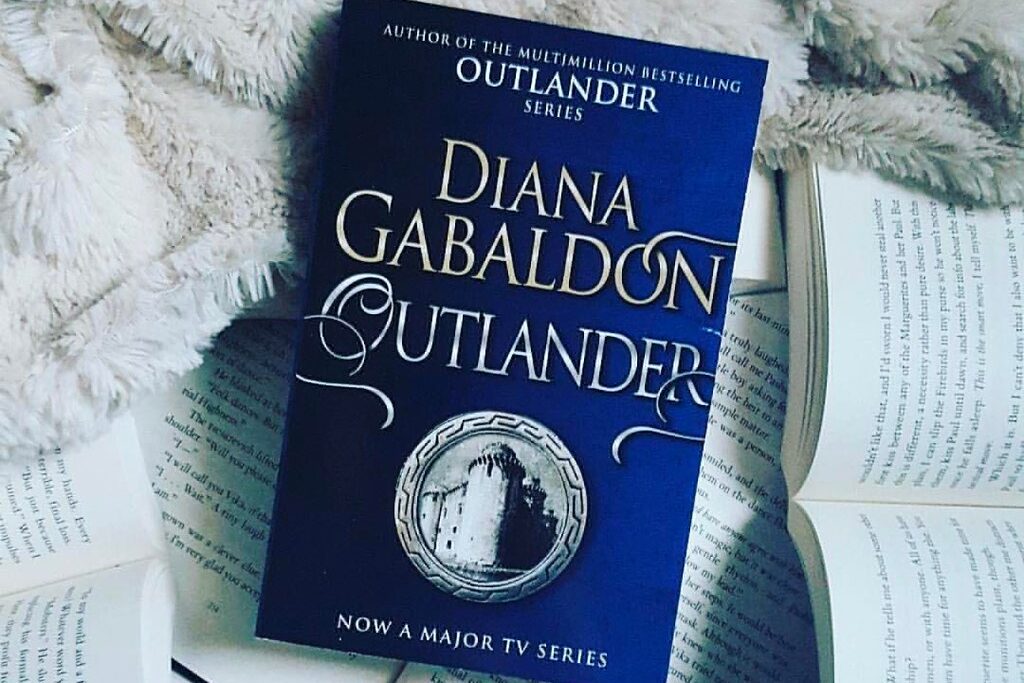
Diana Gabaldon’s “Outlander” merges the 20th century and 18th century in a tale of time travel and romance. When Claire Randall is whisked from 1946 to 1743 Scotland, she must navigate a world of clan politics, rugged highlanders, and growing unrest. Gabaldon’s blend of historical detail and storytelling magic has captivated readers worldwide.
9. “Gone with the Wind” by Margaret Mitchell

In “Gone with the Wind,” Margaret Mitchell paints an epic portrait of the American South during the American Civil War and Reconstruction. Through the eyes of the indomitable Scarlett O’Hara, readers experience the tumultuous changes that reshaped history. Mitchell’s novel remains an enduring masterpiece, capturing the complexity and resilience of the human spirit.
10. “The Other Boleyn Girl” by Philippa Gregory
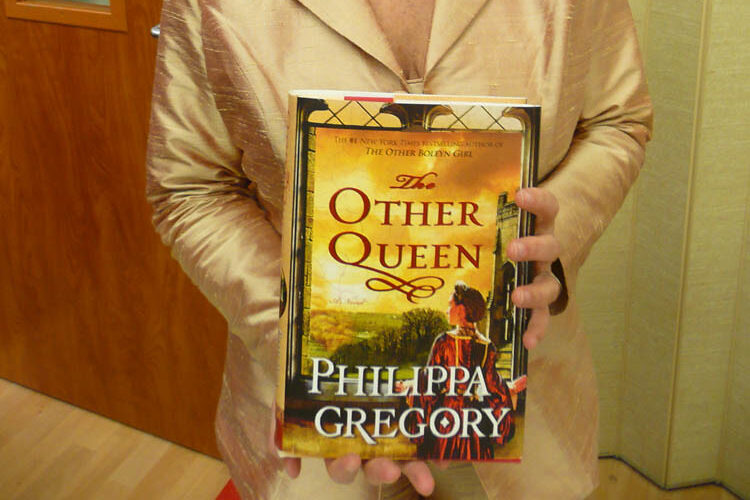
Philippa Gregory’s “The Other Boleyn Girl” provides a tantalizing glimpse into the Tudor court post-World War II, as seen through the rivalry of sisters Anne and Mary Boleyn. Set against the backdrop of the 20th century, this novel explores the intersections of love, ambition, and betrayal, capturing the essence of an era that continues to fascinate readers.
Immersive Historical Fiction from Diverse Eras
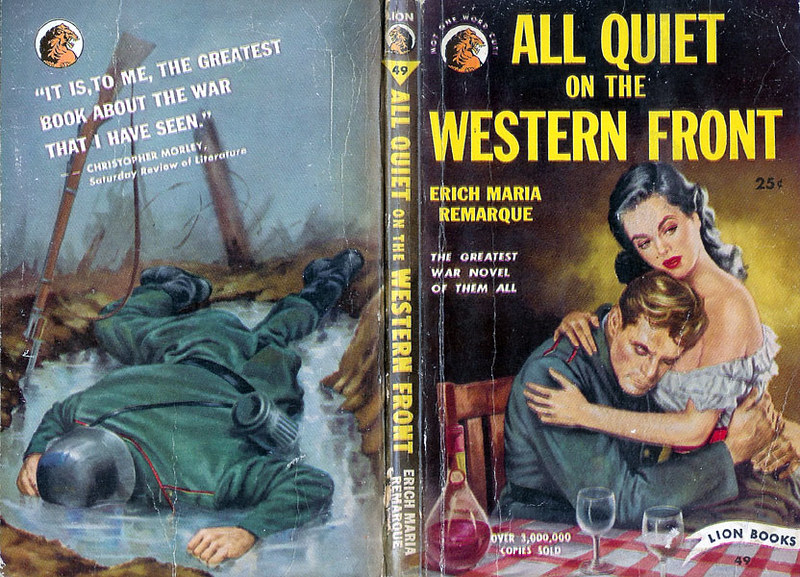
Historical fiction books are gateways to bygone times, offering immersive experiences that span the full spectrum of human history. Whether it’s the fall of empires or the whispers of courtly love, these stories captivate and educate in equal measure.
• Ancient Civilizations Reimagined
Step into the grandeur of ancient Rome with works like “Julius Caesar” by William Shakespeare, which dramatizes the political machinations and assassination of the iconic leader, and “The First Man in Rome” by Colleen McCullough, chronicling the rise of Gaius Marius and Lucius Cornelius Sulla.
These novels bring to life the glory and complexity of Rome, with well-researched historical details that satisfy even the most ardent history buffs.
• Medieval Intrigue and Romance
For those who find their hearts quickening at the thought of medieval intrigue and romance, “The Name of the Rose” by Umberto Eco offers a widely acclaimed literary puzzle set in an Italian monastery, while “Katherine” by Anya Seton tells the well-researched historical tale of Katherine Swynford and John of Gaunt.
Both are considered among the best historical fiction, weaving together love, power, and mystery in the tapestry of the Middle Ages.
• Renaissance and Enlightenment Refined
Steeped in the vibrant cultural awakenings of the Renaissance and the intellectual advancements of the Enlightenment, works like “The Birth of Venus” by Sarah Dunant and “An Instance of the Fingerpost” by Iain Pears invite readers into the heart of these transformative periods.
These novels not only paint a rich picture of the era’s artistic and scientific revolutions but also weave compelling narratives that resonate with the human experiences behind history’s grand tapestry.
• The Turmoil of the World Wars
The visceral realities of the World Wars are brought to life in “All Quiet on the Western Front” by Erich Maria Remarque and “Atonement” by Ian McEwan. These books offer profound insights into the harrowing experiences of soldiers and civilians alike, encapsulating the profound impact these global conflicts had on individuals and societies, and preserving the memory of those tumultuous times through gripping storytelling.
• Post-Colonial Voices and Cultural Sagas
Post-colonial literature such as “Things Fall Apart” by Chinua Achebe and “The Inheritance of Loss” by Kiran Desai provides a voice to cultures and narratives often overshadowed in history.
These novels delve into the complex legacies of colonialism, exploring the intertwined fates of individuals and nations as they navigate the challenges of identity, tradition, and modernity in a changing world.
Celebrated Historical Fiction Authors and Their Signature Works

Historical fiction enthusiasts often convene in book clubs to discuss the gripping tales of authors like Hilary Mantel and Ken Follett, whose works have become cornerstones of the genre.
Whether it’s an acclaimed modern masterpiece or a forgotten classic, these platforms ensure that every reader can access the stories that bring history to life.
1. Hilary Mantel and the Thomas Cromwell Trilogy
Hilary Mantel’s Thomas Cromwell Trilogy, which includes the Booker Prize-winning “Wolf Hall,” “Bring Up the Bodies,” and “The Mirror and the Light,” offers an immersive dive into Tudor politics through the eyes of Henry VIII’s astute advisor. Mantel’s meticulous research and captivating prose have solidified her reputation as a master of historical fiction.
2. Ken Follett and the Kingsbridge Series
Ken Follett’s Kingsbridge Series, starting with “The Pillars of the Earth,” transports readers to the medieval town of Kingsbridge, where power, politics, and ambition intertwine with the lives of ordinary people against the backdrop of cathedral building.
Follett’s narrative prowess weaves a multigenerational saga that is both epic in scope and rich in historical detail.
3. Diana Gabaldon and the Outlander Universe
The Outlander series by Diana Gabaldon merges the 18th century’s tumultuous history with a timeless love story. Beginning with “Outlander,” the novels follow Claire Randall as she navigates love, loyalty, and survival across centuries, with the Jacobite risings and the American Revolution as the vivid historical canvases for her adventures.
4. Philippa Gregory’s Tudor Court Novels
Philippa Gregory’s Tudor Court novels, including the widely acclaimed “The Other Boleyn Girl,” offer readers well-researched historical insights into the intrigue of Henry VIII’s reign. Her works stand out as some of the best historical fiction, captivating audiences with their vivid portrayal of the power struggles and personal dramas of the Tudor court.
5. Bernard Cornwell’s Sharpe Series
Bernard Cornwell’s Sharpe Series follows the eponymous Richard Sharpe, a British soldier during the Napoleonic Wars, through a series of military adventures that are as historically informative as they are thrilling.
Cornwell’s ability to blend historical accuracy with rip-roaring action has endeared the series to fans of military history and adventure alike.
The Best Historical Fiction for Different Reader Preferences
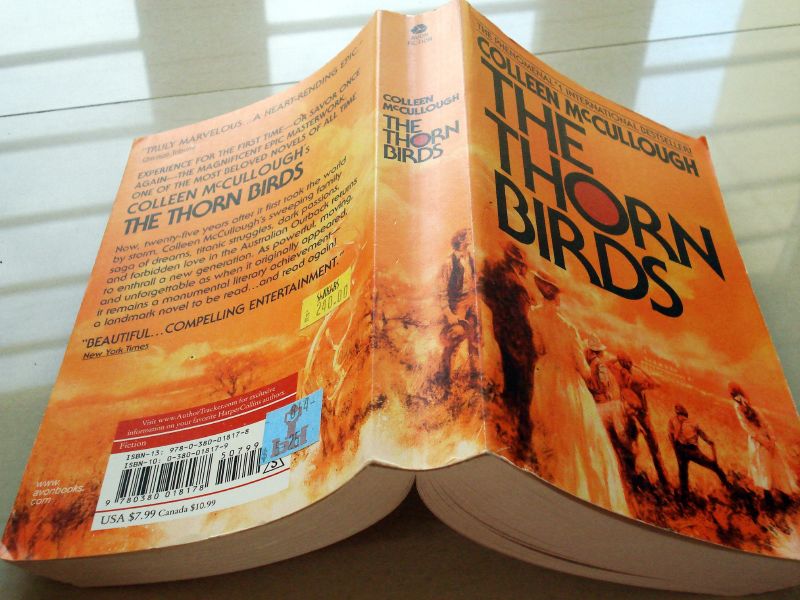
Whether you’re a devotee of Hilary Mantel’s “Wolf Hall” or an enthusiast of sprawling sagas, the best historical fiction offers a portal to the past, tailored to every reader’s preference.
• Sweeping Epics That Span Decades
“The Thorn Birds” by Colleen McCullough and “Lonesome Dove” by Larry McMurtry are prime examples of historical fiction that span decades, capturing the essence of time and the evolution of characters against vast landscapes. These novels not only recount the lives of their characters but also reflect the spirit of the eras they traverse.
• Intimate Narratives with a Personal Touch
For those who enjoy intimate narratives, “The Remains of the Day” by Kazuo Ishiguro and “Girl with a Pearl Earring” by Tracy Chevalier offer personal glimpses into the lives of characters during significant historical moments. These stories humanize history, focusing on the personal journeys that unfold within larger events.
• Adventures Laden with Historical Accuracy
Readers seeking adventures with historical accuracy will find “Master and Commander” by Patrick O’Brian and “The Last Kingdom” by Bernard Cornwell to be enthralling reads. These novels provide an authentic portrayal of life during historical periods, enriching the adventure with a foundation of factual events and details.
• Romances Entwined with Historic Events
Romantic tales like “Doctor Zhivago” by Boris Pasternak and “Outlander” by Diana Gabaldon intertwine heartfelt stories with significant historical events. These novels not only explore the complexities of love but also illuminate the human side of history, making the past resonate with emotional truth.
• Novels That Illuminate Lesser-Known Histories
Novels such as “The Shadow of the Wind” by Carlos Ruiz Zafón and “The Tea Girl of Hummingbird Lane” by Lisa See illuminate lesser-known histories, bringing to light the stories of people and places often left out of mainstream narratives. These books offer a glimpse into the corners of the past that have shaped the world in quiet, yet profound ways.
Award-Winning Historical Fiction That Has Captivated Audiences
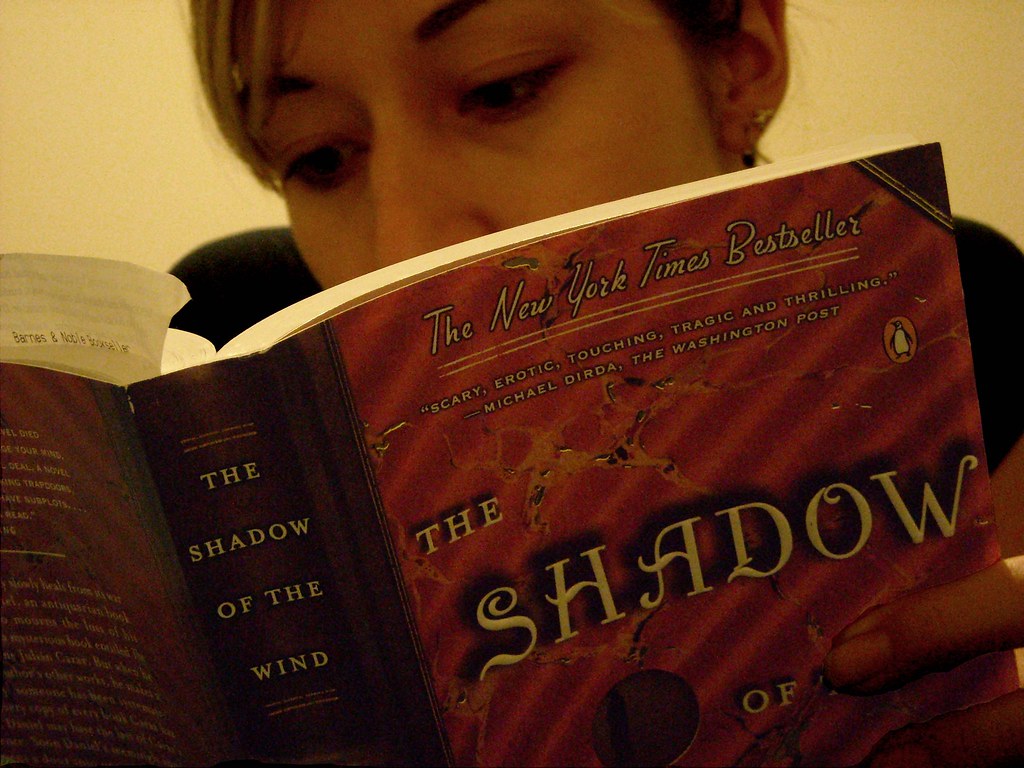
Some historical fiction books don’t just transport readers to the past—they redefine how we experience history itself. Whether it’s a modern masterpiece or a long-revered classic, these novels have left their mark.
1. Pulitzer Prize Recipients in Historical Fiction
Colson Whitehead’s “The Underground Railroad” reimagines the path to freedom for slaves in the antebellum South, earning a Pulitzer for its powerful storytelling.
Similarly, Geraldine Brooks’ “March,” which provides a fresh perspective on the Civil War through the eyes of Mr. March from “Little Women,” also garnered this prestigious award. Both novels blend fact with fiction to create compelling narratives that resonate with readers.
2. Booker Prize Winners Set in the Past
“Wolf Hall” by Hilary Mantel, a richly detailed narrative set during the reign of Henry VIII, was honored with the Booker Prize for its deft portrayal of political intrigue in ancient Rome.
Another recipient, “The Luminaries” by Eleanor Catton, intricately weaves a tale of mystery and fortune during the New Zealand gold rush, captivating readers and critics alike with its complex structure and historical authenticity.
3. National Book Award Honorees with a Historical Setting
James McBride’s “The Good Lord Bird,” which chronicles the life of abolitionist John Brown, is a National Book Award honoree that combines humor with history. Louise Erdrich’s “The Round House,” set in a Native American reservation, also received this honor, spotlighting the intersection of personal and cultural histories within a coming-of-age story.
4. Critics’ Choice: Historical Fiction That Earned Acclaim
Critics have lauded “The Night Watch” by Sarah Waters for its reverse chronological narrative set in WWII London, praising its vivid characters and evocative setting. Similarly, “The Shadow of the Wind” by Carlos Ruiz Zafón received critical acclaim for its gothic atmosphere and enthralling mystery, set against the backdrop of post-war Barcelona.
5. Readers’ Choice: Popular Historical Fiction Books Based on Sales
Historical fiction is a genre that continues to captivate a wide audience, with sales figures reflecting its popularity. “Outlander” by Diana Gabaldon has charmed readers with its blend of historical romance and time travel.
Maggie O’Farrell’s “Hamnet,” which delves into the life of Shakespeare’s family, has also become a readers’ favorite, demonstrating the enduring appeal of reimagined personal histories.
Genre-Blending Historical Fiction

Genre-blending historical fiction breaks boundaries, offering readers an intriguing mix of time-tested authenticity with imaginative elements from other genres.
• Historical Fantasy: Magic Meets History
Naomi Novik’s “Uprooted” masterfully combines Eastern European folklore with a historical setting, while Susanna Clarke’s “Jonathan Strange & Mr Norrell” brings together English history and magical realism, creating unique worlds where the past intersects with the fantastical.
• Historical Mysteries: Solving Puzzles in the Past
C.J. Sansom’s “Dissolution,” set during the tumultuous period of the English Reformation, and Ellis Peters’ “A Morbid Taste for Bones,” featuring the sleuthing monk Brother Cadfael, invite readers to unravel mysteries enshrouded in the mists of time.
• Historical Thrillers: Suspense in a Bygone Era
Ken Follett’s “Eye of the Needle,” a WWII espionage thriller, and Robert Harris’ “Pompeii,” which combines ancient history with a ticking-clock narrative, offer suspenseful stories set against rich historical tapestries that keep readers on the edge of their seats.
• Historical Science Fiction: Speculative Tales of Yesteryear
Connie Willis’ “Doomsday Book,” which explores time travel to the era of the Black Death, and Philip K. Dick’s “The Man in the High Castle,” present an alternate history where the Axis powers won WWII, both stretch the imagination and challenging historical perspectives.
• Cross-Cultural Historical Fiction: Bridging Worlds and Times
Lisa See’s “Snow Flower and the Secret Fan,” revealing the lives of women in 19th century China, and Chimamanda Ngozi Adichie’s “Half of a Yellow Sun,” set against the Nigerian Civil War, offer cross-cultural narratives that illuminate diverse histories and experiences.
Accessible Historical Fiction for Newcomers to the Genre

For those new to historical fiction, there are accessible reads that offer a gentle introduction to the genre, combining engaging storytelling with a lighter touch on historical detail.
1. Starter Historical Fiction Novels for the Curious Reader
“The Invention of Wings” by Sue Monk Kidd, inspired by the life of abolitionist sisters, offers an approachable entry point into historical fiction with its strong characters and moral complexities.
Similarly, “Girl with a Pearl Earring” by Tracy Chevalier, which brings to life the world of painter Johannes Vermeer, provides a compelling narrative that is both informative and easy to follow.
These novels serve as excellent starting points for those looking to explore the past through the lens of fiction, without feeling overwhelmed by the weight of history.
2. Light Historical Fiction Reads for Leisure
“The Rosie Project” by Graeme Simsion, although set in modern times, incorporates a charming historical element through the protagonist’s quest to find a wife using a scientifically valid survey, reminiscent of past courtship rituals.
“Chocolat” by Joanne Harris, set in a quaint French village, offers a sweet and relaxing read with historical undertones that enrich the narrative.
Both books are perfect holiday reads, providing a delightful mix of humor, romance, and a dash of historical flavor, ideal for those seeking entertainment and a touch of nostalgia.
3. Engaging Historical Fiction for Young Adults
Young adult readers often seek stories where they can see reflections of themselves, yet be transported to different times. “Salt to the Sea” by Ruta Sepetys unveils the harrowing fate of the Wilhelm Gustloff ship through the eyes of young, disparate refugees.
In “The Book Thief“, young German protagonist Liesel Meminger offers a unique perspective of WWII, illustrating how words can become both an escape and a resistance.
For those intrigued by espionage and heroism, Elizabeth Wein’s “Code Name Verity” presents a gripping tale of a young woman’s fight for freedom in the espionage theater of WWII. These books blend historical authenticity with youthful resilience, providing young readers with engaging narratives that resonate with their adventurous spirit.
4. Historical Fiction with a Modern Twist
In the realm of historical fiction that melds past and present, “Out of Darkness” by Ashley Hope Pérez draws readers into a tragic love story set against the 1937 New London school explosion.
The novel’s contemporary relevance is palpable as it tackles issues of race and class. Similarly, “The Underground Railroad” by Colson Whitehead reimagines the antebellum South, where an actual railroad beneath the soil leads to a thought-provoking odyssey.
These novels are not mere retellings of history; they are creative reinterpretations that challenge the reader to consider the impact of the past on the present. Such books offer a fresh lens through which to view historical events, making them accessible and compelling for today’s audience.
5. Short Historical Fiction for a Quick Time Travel
For those pressed for time but eager for a historical escape, “The Red Garden” by Alice Hoffman presents a series of interlinked stories that bring the town of Blackwell, Massachusetts, to life across centuries. “The Perilous Gard” by Elizabeth Marie Pope offers a shorter read filled with Tudor-era intrigue and faerie folklore, perfect for a swift literary journey.
These concise narratives pack rich historical detail into fewer pages, delivering a potent dose of the past without the commitment of a lengthy tome. They are ideal for readers who want to dip their toes into historical waters or for those seeking a quick retreat into bygone eras during a busy day.
Expand Your Horizons with Global Historical Fiction
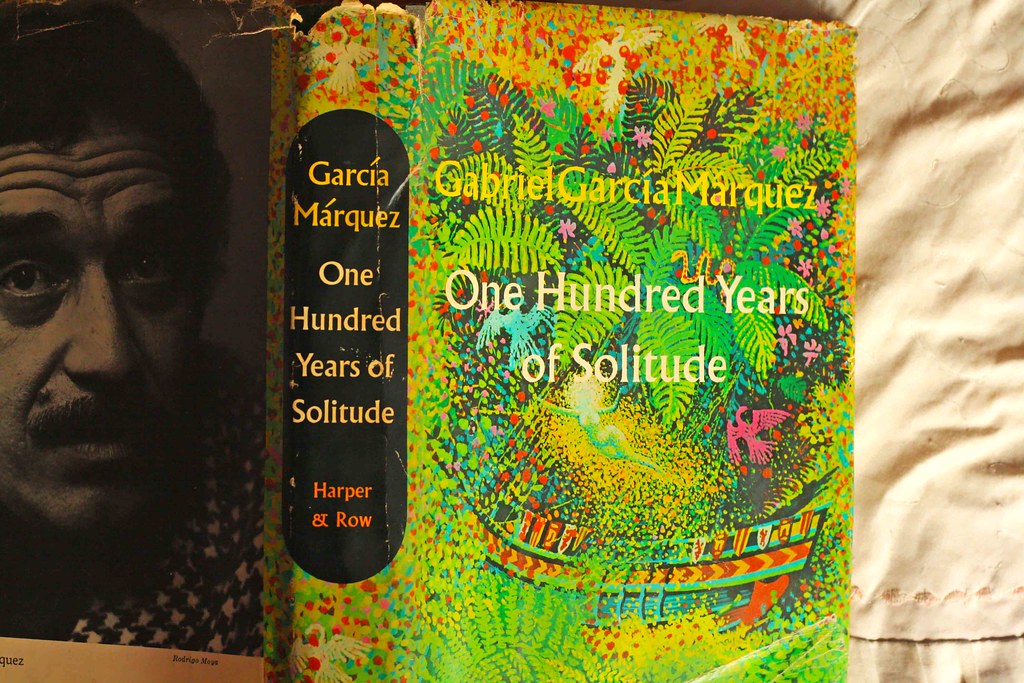
Embrace the diversity of human experiences across continents and epochs through global historical fiction, which broadens perspectives and deepens understanding of our shared history.
Tales of the Far East: China, Japan, and Beyond
Delving into the Far East, Lisa See’s “Snow Flower and the Secret Fan” reveals the bond between women in 19th-century China, bound by a secret language. Across the Sea, “Shogun” by James Clavell immerses readers in the intricate power plays of feudal Japan, as seen through the eyes of an English navigator.
Both books offer windows into the rich tapestries of Asian histories, filled with detailed cultural insights and vibrant storytelling.
These novels not only entertain but also educate, illustrating the customs, struggles, and transformations of societies far removed from the Western world. They represent a treasure trove of stories waiting to be discovered by those eager to explore the depth and breadth of human narratives.
Stories from the Heart of Europe: France, Germany, Italy
“All the Light We Cannot See” by Anthony Doerr illuminates the lives of a blind French girl and a German boy whose paths collide in Nazi-occupied France. In Italy, readers can traverse the Renaissance through the eyes of Alessandra Cecchi in “The Birth of Venus” by Sarah Dunant, a tale of art, passion, and power.
These novels not only recreate the historical landscapes of Europe but also delve into the emotional and psychological complexities of their characters.
Through these narratives, readers can experience the tumult and transformation of Europe’s heartland, gaining insight into the influential events and societal currents that have shaped the modern world. The rich historical backdrop provides a canvas for timeless human stories of love, conflict, and resilience.
Chronicles of the Americas: North and South
The American continents provide a vast stage for historical fiction. “One Hundred Years of Solitude” by Gabriel García Márquez paints a multigenerational portrait of the Buendía family in the fictional town of Macondo, allegorically reflecting Latin America’s history.
In North America, “The Invention of Wings” by Sue Monk Kidd explores the grim realities of slavery and the fight for abolition through the lives of two women in early 19th-century Charleston.
These works offer a deep dive into the varied narratives of the Americas, from the magic realism of South America to the gritty historical truths of the North. They capture the spirit of the continents’ past, marked by conquest, colonization, revolution, and the enduring quest for freedom.
African Narratives: Rich History and Diverse Cultures
Africa’s history is a mosaic of cultures and stories, richly depicted in works like “Things Fall Apart” by Chinua Achebe, which chronicles the impact of colonialism on a Nigerian village. “Homegoing” by Yaa Gyasi traces the lineage of two half-sisters born in 18th-century Ghana and their descendants, exposing the scars of the slave trade and its legacy.
These novels are crucial in understanding the vast tapestry of African history, portraying the continent’s diverse societies and the resilience of its people. They serve as poignant reminders of Africa’s role in the global historical narrative, offering readers a chance to engage with this often underrepresented part of our shared past.
Middle Eastern Lore: From Ancient Times to Modern Conflicts
The Middle East, a region of ancient civilizations and modern complexities, is brought to life in “The Kite Runner” by Khaled Hosseini, which explores friendship and redemption against the backdrop of Afghanistan’s turbulent history.
“A Thousand Splendid Suns” also by Hosseini, offers another compelling narrative, this time focusing on the intertwined fates of two Afghan women. These stories provide an intimate look at the human dimension of the Middle East’s historical struggles and triumphs.
They remind readers that behind the headlines are the lives of individuals shaped by their cultural heritage and historical circumstances, each with a unique story to tell.
Concluding Thoughts on the Power of Historical Fiction
Historical fiction offers readers a unique lens through which we can view the past, blending the factual with the imagined to create captivating narratives that resonate across generations. The books discussed span a wide array of periods, including the 19th century’s societal complexities and the ancient world’s grandeur.
As we close the pages on these narratives, the power of historical fiction remains evident—not only in the print that captures our hearts but also in adaptations that grace screens, like Prime Video’s renditions of beloved classics. In exploring these books, we not only find entertainment but a profound connection to the human story.


